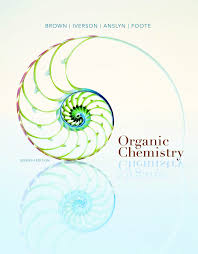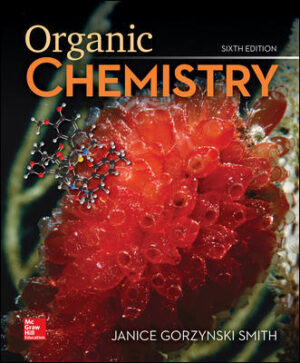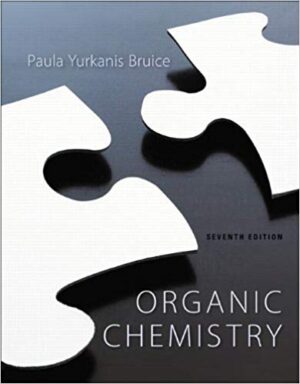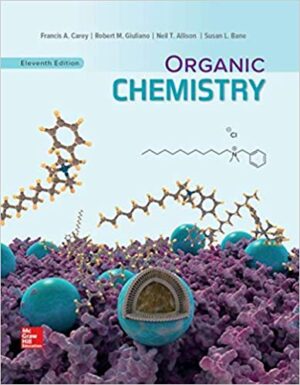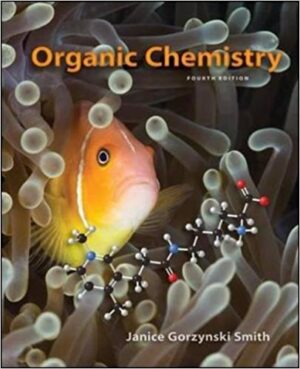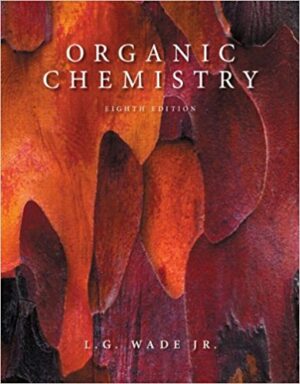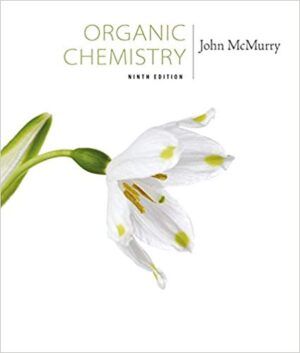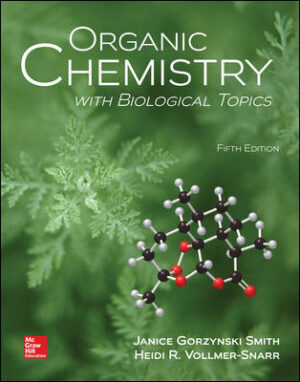ORGANIC CHEMISTRY 7TH EDITION BY BROWN – TEST BANK
Do you need test banks fast? eTestBank.net is the best test bank website for you! Download your test bank right after you pay. No waiting!
Why eTestBank.net is Great:
✅ Instant Download:
Get your test bank right away after payment.
✅ Unlimited Downloads:
Download your test bank anytime and as many times as you want.
✅ 24/7 Live Help:
We are here to help you all day, every day.
✅ Guaranteed Delivery:
If you don’t get the download right away, we will send it to you in 3 to 6 hours.
How to Get Your Test Bank:
- Pick Your Test Bank: Choose from many test banks.
- Pay Safely: Pay securely on eTestBank.net.
- Download Instantly: Get your test bank immediately after payment.
- Download Anytime: Unlimited downloads whenever you need them.
Need Help? Contact Us:
📧 Email: [Support@etestbank.net]
📱 WhatsApp: [https://wa.me/message/MC222DLQ4GDXL1r]
Didn’t Get Your Download?
Don’t worry! If you don’t get the file right away, we’ll send it to you in 3 to 6 hours. Need it sooner? Contact us by email or WhatsApp.
💡 Buy now from eTestBank.net for instant downloads, unlimited access, and 24/7 support—get your test bank today!
CHAPTER 3—STEREOISOMERISM AND CHIRALITY
MULTIPLE CHOICE
1. Which of the following is the definition of a pair of enantiomers?
|
a. |
A pair of structures that are superposable mirror images of one another |
|
b. |
A pair of stereoisomers that are non-superposable mirror images of one another |
|
c. |
A pair of stereoisomers that are not mirror images of one another |
|
d. |
A pair of stereoisomers that have equal specific rotations |
ANS: B
2. Which of the following is the definition of a pair of diastereomers?
|
a. |
A pair of structures that are superposable mirror images of one another |
|
b. |
A pair of stereoisomers that are non-superposable mirror images of one another |
|
c. |
A pair of stereoisomers that are not mirror images of one another |
|
d. |
A pair of stereoisomers that have equal specific rotations |
ANS: C
3. Which of the following is the definition of chirality?
|
a. |
The non-superposability of an object on its mirror image |
|
b. |
The superposability of an object on its mirror image |
|
c. |
A molecule that has a carbon atom with four different substituents |
|
d. |
A molecule with a mirror image |
ANS: A
4. Which of the following is the definition of a meso compound?
|
a. |
A molecule with stereocenter centers which is a chiral |
|
b. |
A molecule with stereocenter centers that is not chiral |
|
c. |
A diastereomer with no stereocenter centers |
|
d. |
A chiral compound with more than one stereocenter center |
ANS: B
5. Which of the following statements is not true regarding pairs of enantiomers?
|
a. |
They have identical melting points |
|
b. |
They have identical boiling points. |
|
c. |
They rotate plane-polarized light in opposite directions |
|
d. |
They react at identical rates with chiral reagents |
ANS:D
6. Which of the following statements is true?
|
a. |
All mirror images are enantiomers |
|
b. |
All molecules that have stereocenter centers are chiral |
|
c. |
Isomers that are not superposable on their mirror images are enantiomers |
|
d. |
Superposable structural isomers are enantiomers |
ANS: C
7. Which of the following structures is different from the other three?
|
a. |
1 |
|
b. |
2 |
|
c. |
3 |
|
d. |
4 |
ANS:D
8. Which of the following structures is different from the other three?
|
a. |
1 |
|
b. |
2 |
|
c. |
3 |
|
d. |
4 |
ANS: C

